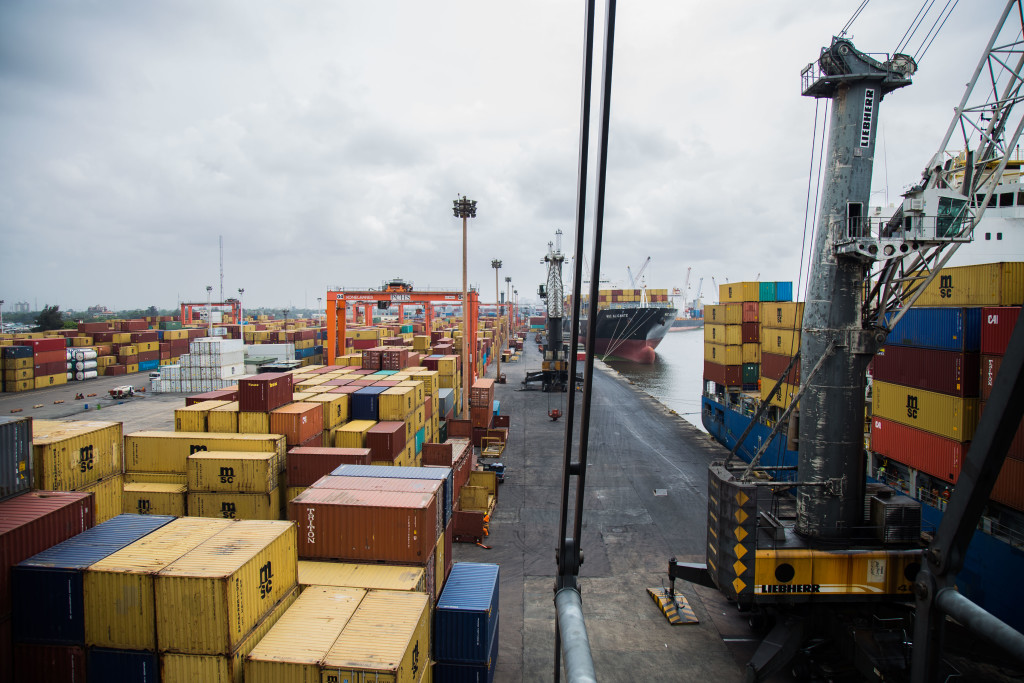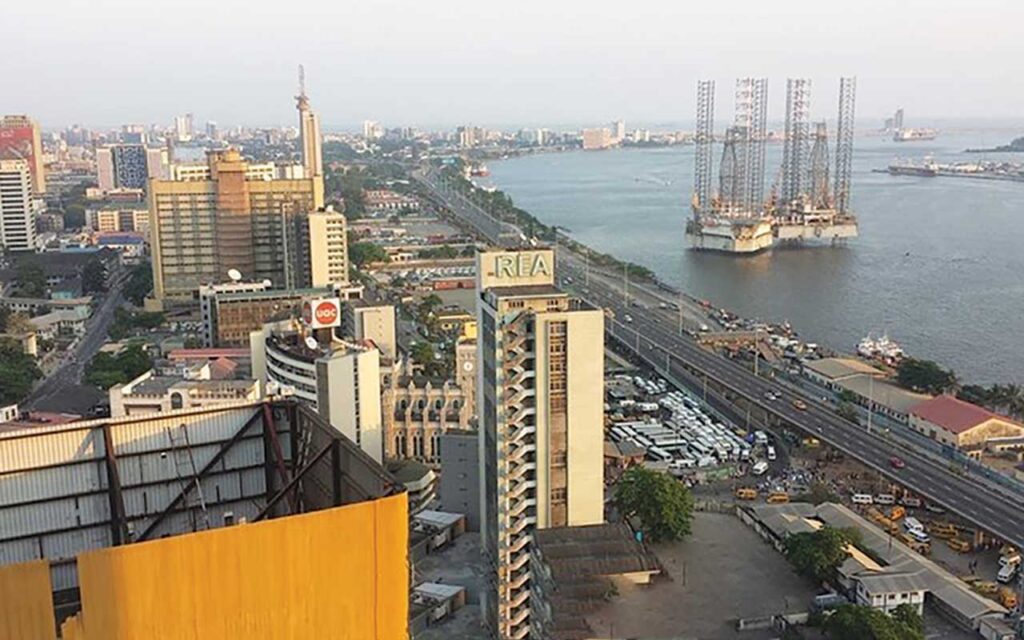
. ITU alerts of rising health concerns
Nigeria has been ranked the third largest electronic waste (eWaste) generating country in Africa, coming behind Egypt and South Africa.
While Nigeria generated 500 million kilogramme (kg) of eWaste in 2022, Egypt and South Africa generated 690 million kg and 530 million kg respectively. Algeria, with 330 million kg, ranked fourth while Morocco came fifth with 180 million kg.
In the period under review, the regions that generated the highest amount of e-waste per capita were Europe (17.6 kg), Oceania (16.1 kg) and America (14.1 kg). African
countries generated the lowest but were burdened with recycling challenges. The region has a recycling rate of less than one per cent.
The International Telecommunications Union (ITU) fourth Global e-waste Monitor (GEM) released yesterday, which raised concerns about the rise in eWaste globally, noted that the world as of 2022, generated 62 million tonnes of e-waste, which would fill 1.55 million 40-tonne trucks, roughly enough trucks to form a bumper-to-bumper line encircling the equator, whereas less than one quarter (22.3 per cent) of the year’s e-waste mass was documented as having been properly collected and recycled.
Worried, ITU, in the 148-page document, said the rate at which more electronic waste is being generated from used computers, mobile phones, and TVs, among others, is alarming. It noted that discarded wastes from these devices constituted a health and environmental hazard as they contain toxic additives or hazardous substances such as mercury, which can damage the human brain and coordination system.
The UN body noted that the generation of e-waste worldwide is rising by 2.6 million tonnes yearly, on track to reach 82 million tonnes by 2030, a further 33 per cent increase from the 2022 figure.
The report projected a drop in the documented collection and recycling rate from 22.3 per cent in 2022 to 20 per cent by 2030 due to the widening difference in recycling efforts relative to the staggering growth of e-waste generation worldwide.
According to the UN body, challenges contributing to the widening gap include technological progress, higher consumption, limited repair options, shorter product life cycles, society’s growing electronification, design shortcomings, and inadequate eWaste management infrastructure.
Providing more insights, ITU said the 62 million tonnes eWaste generated in 2022 was equal to the weight of 107,000 of world’s largest (853-seat), heaviest (575 tonne) passenger aircraft – enough to form an unbroken queue from New York to Athens, from Nairobi to Hanoi, or from Hong Kong to Anchorage
It added that the 14 million tonnes (22.3 per cent) estimated mass of eWaste trashed, mostly landfilled, in 2022.
According to it, the 31 million tonnes estimated weight of metals embedded in eWaste in 2022 was 17 million tonnes of plastics and 14 million tonnes of other materials (minerals, glass, composite materials, among others).
With the eWaste value put at $91 billion, ITU noted that the value of metals embedded in 2022 eWaste amounted to $19 billion in copper, $15 billion in gold, and $16 billion in iron.
The value of secondary raw materials (mostly iron) reclaimed by “urban mining” of e-waste in 2022 was estimated to be $28 billion. Also, primary ore extraction avoided by reclaiming materials through documented e-waste recycling was put at 900 million tonnes, whereas CO2-equivalent emissions avoided by formal e-waste management – recaptured refrigerants (41 million tonnes), avoided metals mining (52 million tonnes) amounted to 93 million tonnes.
ITU noted that between 2019 and 2023, the number of countries with eWaste legislation increased slightly, from 78 to 81.
Of those 81 countries, 67 had a legal instrument governing eWaste management.
Commenting on the findings of the report, the Executive Director at the United Nations Institute for Training and Research (UNITAR), Nikhil Seth, said: “Amidst the hopeful embrace of solar panels and electronic equipment to combat the climate crisis and drive digital progress, the surge in e-waste requires urgent attention.”
Director, ITU Telecommunication Development Bureau, Cosmas Luckyson Zavazava, said from discarded televisions to dumped telephones, an enormous amount of e-waste is generated around the world. He said the latest research showed that the global challenge posed by e-waste is only going to grow.
“With less than half of the world implementing and enforcing approaches to manage the problem, this raises the alarm for sound regulations to boost collection and recycling,” Zavazava added.
Head, Environment & Emergency Telecommunications Division, ITU Telecommunication Development Bureau, Vanessa Gray, said: “The Global E-waste Monitor shows that we are currently wasting $91 billion in valuable metals due to insufficient e-waste recycling. We must seize the economic and environmental benefits of proper e-waste management; otherwise, the digital ambitions of our future generations will face significant risks.”













